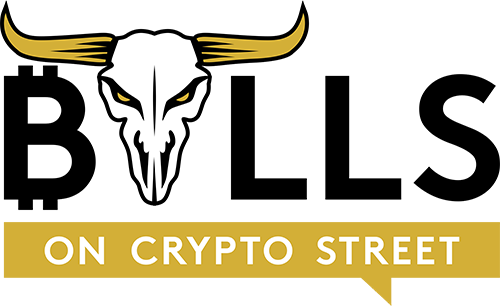When people look into mining they usually get a whole wide variety of answers as to what mining is and why anyone makes money at it.
In this article I will try to help de-mystify mining and explain what it is and why people make money (sometimes a LOT of money) by mining crypto currencies.
First, what exactly is mining?
Mining is the term used to describe the act of adding and confirming data to the blockchain. When you are mining a coin (say Ethereum or Bitcoin) you are in fact solving complex mathematical equations (some people call them puzzles) in order to have the right to add information to the blockchain by finding, solving, and verifying a particular block of data.
When you solve these equations you are compensated by getting a reward. In the case of Ethereum, the reward is Ether coins and in case of Bitcoin the token is literally Bitcoin coins. The amount you get depends upon the amount of the reward for solving the equation. Currently the reward is 12.5 Bitcoin (worth about $115,000) for finding, solving, and verifying a block of data on the Bitcoin blockchain.
Why is it called mining?
When Bitcoin started in 2009 people started “uncovering” new Bitcoins and they termed it “mining” because when you are mining gold you are “uncovering” the new gold. The reason people use gold mining as a comparison is because just like Bitcoin all the gold that will ever be on Earth is already here. You cannot simply “make more gold” just like you cannot “make more Bitcoin” after it reaches 21 million. Once it is all found that’s it – no more can be made.
So how are miners paid?
As mentioned briefly above, miners are paid with the reward coins from that particular blockchain. So if you are mining on the Bitcoin blockchain you get Bitcoin or if you are mining Ethereum you get Ether. Every blockchain has its own reward coin.
The reason you are rewarded is very simple – blockchains require a lot of power to solve their equations. You are basically letting the blockchain use your computer or mining rig to help grow, secure, and transact on the blockchain. The mining reward is a payment for your efforts from the blockchain. If no one got rewards, very few, if anyone, would lend their computing power to the blockchain and the blockchain itself would likely vanish.
After mining a block the rewards are distributed to the miner or miners responsible for that block. This is where your wallet address comes into play. All rewards are sent to your unique wallet address. Every coin has their own wallet system. If you are mining Bitcoin you need a Bitcoin address, etc.
So, when I get my reward coins what can I do with those coins?
Simply put – anything you want.
You can sell them on an exchange for cash. You can convert them to another coin (say Bitcoin traded for Ethereum). You can hold onto them and benefit from a rise in price in the future.
When you get your coins they are yours – you can do whatever you want.
As a miner what do you do with your coins?
There are many things you can do with your coins! The best part is you can choose to do whatever you want to do, they are YOUR coins now!
I will give you what I do personally as a guide, but please feel free to modify this as you see fit for your own goals.
If the price of a coin I have mined sky rockets (like late 2017) I typically sell the coins I mined in the prior months. This is because they have appreciated so much in value that it becomes more beneficial to go to cash or trade the coin for another coin I think may have more upside potential. For example, I sold every Bitcoin I had in late 2017, even the ones I mined all the way back many years before. I also trade some of my Bitcoin for Ethereum during that time period as well.
If the price goes down, especially if it goes down far, I then reinvest those dollars I got when I sold after the price rally into new mining equipment and mine even more when the price is down. (We go over why mining when the price goes down is when people make the most money in the long run in the Coin Mining Domination Course)
For those just starting out or those on a limited budget you can also cash flow your coins against your costs. Meaning if you spend $300 per month on power you can sell $300 worth of coins for cash and hold onto the rest. This is a popular strategy among beginning home miners. It is also a great way to build a powerful crypto portfolio!
When you do mining right you are going to make a nice passive income and add to your growing crypto portfolio to further expand your profit opportunities!
Free Mining Training
Learn how to setup your mining operation and earn passive income in this free on demand training with me. Click here for instant access.

Bulls on Crypto Street is a trading education website dedicated to digital assets such as Bitcoin, Ethereum, DeFi, NFTs, and other new advancements in the Metaverse.

